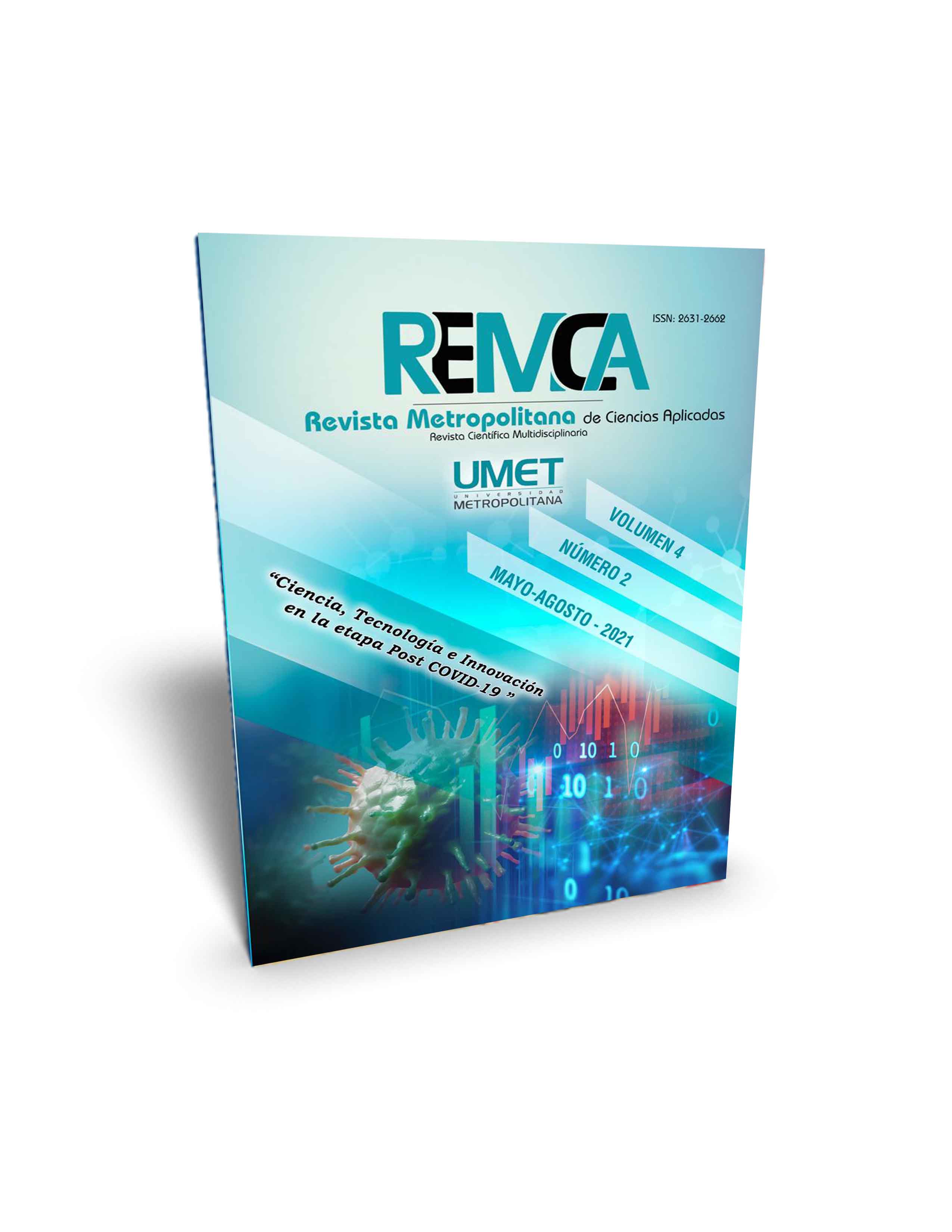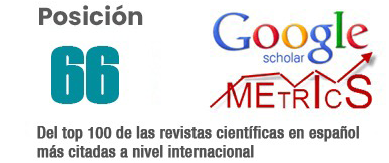Importance of interpretation methods in precautionary measures: a study applied in Machala in the years 2019 and 2020
DOI:
https://doi.org/10.62452/b55a9479Keywords:
Methods of interpretation, precautionary measures, administration of justice, rules of interpretationAbstract
Reflecting on the importance of interpretation methods and specifically in the field of precautionary measures, constitutes a subject of constant academic and investigative debate in legal sciences at the international level. Defining this aspect from the theory of constitutionalism further complicates the analyzes that come from the various paradigms of law. It is intended as an object, to come closer to offering a rational assessment on the doctrinal applicability of the methods of interpretation in the precautionary measures based on a study applied in the city of Machala in the years 2019-2020. that led to its conclusions, among them comparative law, analytical exegetical, logical historical, deductive inductive, triangulation and document analysis. The contribution of the research falls on the feedback of the legal sciences from the analysis of the doctrine and legal practice, leading to support the paradigm of the proper use of interpretation methods in precautionary measures.
Downloads
References
Atienza, M. (2017). Interpretación Constitucional. Universidad Libre.
Díaz, F. (2016). Interpretación de la Constitución y juez constitucional. IUS. Revista del Instituto de Ciencias Jurídicas de Puebla, 10(37), 9-31.
Dworkin, R. (1996). Objectivity and Truth: You’d Better Believe It. Philosophy and Public Affairs, 25(2), 87-139.
Ecuador. Asamblea Nacional Constituyente. (2008). Constitución del Ecuador. Registro Oficial 449. http://www.asambleanacional.gov.ec/documentos/constitucion_de_bolsillo.pdf
Ecuador. Asamblea Nacional. (2009). Ley Orgánica de Garantías Jurisdiccionales y Control Constitucional. Ley 0Registro Oficial Suplemento 52. https://www.defensa.gob.ec/wp-content/uploads/downloads/2020/03/Ley-Organica-de-Garantias-Jurisdiccionales-y-Control-Constitucional_act_marzo_2020.pdf
Ecuador. Asamblea Nacional. (2014). Código Orgánico Integral Penal. Registro Oficial Nº 180. https://tbinternet.ohchr.org/Treaties/CEDAW/Shared%20Documents/ECU/INT_CEDAW_ARL_ECU_18950_S.pdf
García, R. (2015). Del "canón histórico" a la interpretación constitucional en la historia: un camino para recorrer. Instituto de Investigaciones Jurídicas.
Grondin, J. (2008). Qué es la hermenéutica? . Barcelona: Herder.
Häberle, P. (2013). Métodos y principios de la interpretación constitucional. Un catálogo de problemas. https://www.ugr.es/~redce/REDCE13/articulos/Haeberle.htm
López de Sosoaga, A. (2014). El método interpretativo de Von Savigny en el análisis de la legislación educativa: un estudio de casos sobre el currículo de Primaria. Revista de Educación y Derecho, 1(9), 1-28.
Marques, E. (2016). Hermenêutica e interpretación constitucional sistemática axioteleológica. Opinión Jurídica, 16(32), 169-187.
Martínez, R. (2016). Problemas actuales sobre la interpretación constitucional de los derechos. Revista del Instituto de Ciencias Jurídicas de Puebla, México, 10(37), 129-154.
Ortiz, L. (2010). La interpretación constitucional desde la teoría de la razonabilidad. Revista VIA IURIS, 8(1), 27-40.
Peña, E. (2015). Aspectos de interpretación constitucional ante la nueva constitución política del estado plurinacional de Bolivia. Revista Boliviana de Derecho, 1(19), 428-445.
Risso, M. (2014). Hacia una nueva interpretación constitucional. La realidad en Uruguay. Estudios Constitucionales, 12(1), 239-283.
Rodríguez, S. (2010). Interpretación constitucional y judicial. Como leer sentencias judiciales. Prolegómenos. Derechos y Valores, 13(26), 79-98.
Salcedo, C. (2015). Interpretación constitucional y arbitrariedad judicial en la República Dominicana. Salcedo & Astacio.
Sandalow, T. (1981). Constitutional Interpretation. University of Michigan Law School.
Savigny, F. K. (1878). System des heutigen Römishen Rechts. Góngora y Compañía Editores.
Vernaza-Arroyo, G. D. (2020). Análisis de las Medidas Cautelares frente a la Jurisdicción Constitucional en el Ecuador. Revista Tecnológica-Educativa Docentes 2.0, 9(2), 32-38.
Downloads
Published
Issue
Section
License
Copyright (c) 2021 Oscar David Aguilar Cruz, Mónica Ramón Merchán (Autor/a)

This work is licensed under a Creative Commons Attribution-NonCommercial-ShareAlike 4.0 International License.
Authors who publish in Revista Metropolitana de Ciencias Aplicadas (REMCA), agree to the following terms:
1. Copyright
Authors retain unrestricted copyright to their work. Authors grant the journal the right of first publication. To this end, they assign the journal non-exclusive exploitation rights (reproduction, distribution, public communication, and transformation). Authors may enter into additional agreements for the non-exclusive distribution of the version of the work published in the journal, provided that acknowledgment of its initial publication in this journal is given.
© The authors.
2. License
The articles are published in the journal under the Creative Commons Attribution-NonCommercial-ShareAlike 4.0 International License (CC BY-NC-SA 4.0). The terms can be found at: https://creativecommons.org/licenses/by-nc-sa/4.0/deed.en
This license allows:
- Sharing: Copying and redistributing the material in any medium or format.
- Adapting: Remixing, transforming, and building upon the material.
Under the following terms:
- Attribution: You must give appropriate credit, provide a link to the license, and indicate if any changes were made. You may do this in any reasonable manner, but not in any way that suggests the licensor endorses or sponsors your use.
- NonCommercial: You may not use the material for commercial purposes.
- ShareAlike: If you remix, transform, or build upon the material, you must distribute your creation under the same license as the original work.
There are no additional restrictions. You may not apply legal terms or technological measures that legally restrict others from doing anything the license permits.




